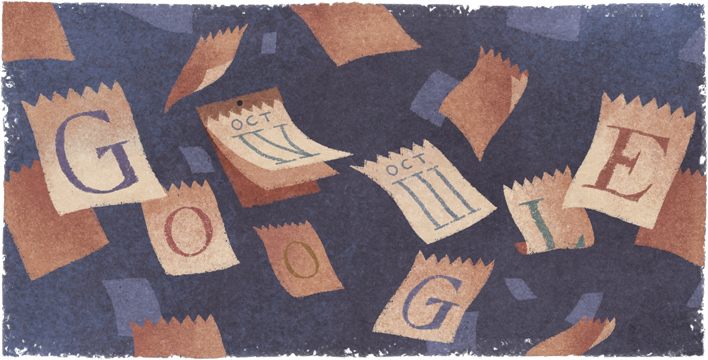Oct 4, 2016
434th Anniversary of the Introduction of the Gregorian Calendar
From October 5–October 14, 1582, time was erased. Not literally, of course; just on the calendar. These ten days were declared non-existent by then-pope Gregory XIII as part of a realignment of the Julian calendar, implemented by Julius Caesar in 46 B.C. In the mid-1570s, it was discovered that the Julian calendar was actually 10 days behind the seasons of the year. For example, Easter began falling later in the spring than it should have and eventually would have drifted into summer. The calendar creep was the result of the solar year [the time it takes Earth to make one revolution around the sun] being around 11 minutes shy of the full Julian calendar. To be precise, the solar year is actually 365 days, 5 hours, 48 minutes, and 46 seconds.
Pope Gregory saved the day [and season] by appointing a commission to solve the problem. It took five years, but eventually the group, led by physician Aloysius Lilius and astronomer Christopher Clavius, proposed eliminating three leap years every 400 years to keep the calendar on track. To transition to the Gregorian calendar, ten days were declared officially non-existent, with the day after October 4, 1582 declared October 15th. First implemented by Italy, Spain, and Portugal, the Gregorian calendar is today’s most widely used system.
Results 1 to 50 of 17240
Thread: Google doodles
Threaded View
-
10-02-2021, 09:40 AM #11
 Senior Member
Senior Member
- Join Date
- Oct 2016
- Posts
- 20,870






 Reply With Quote
Reply With Quote


Bookmarks